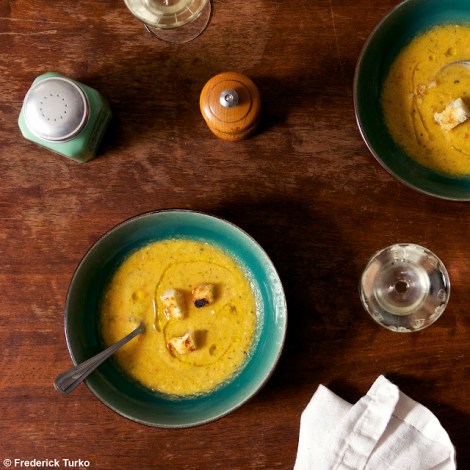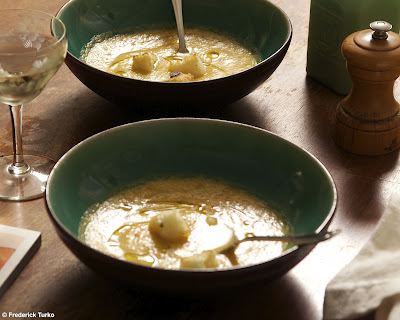
At the market recently, I stumbled upon a basket of melons with identifying signage that read Sugar Queens. I’m not really a melon fanatic, but I snatched one up quicker than a bell clapper in a goose’s ass. Why? Because it was a Sugar Queen. No, I had never heard of this variety of melon, nor did I have a clue what it was or what it would taste like. But the fact that it was called Sugar Queen made me all chirpy. I figured it must be a precious and exultant melon.
I don’t know much about melon selecting. I’ve seen people smell them and shake them, gently and/or hard. And I’ve seen folks hold them up by their ears — as if they had a conch shell and were listening for the ocean. But from this basket of Sugar Queens, I simply selected the one that spoke to me. It was not the largest or smallest or roundest most oblong. But it felt confident and firm in my hand and it had a little bit of a blemish on one side of its netted skin. It smelled so sweet, almost candy-like, almost too sweet. She was now my Sugar Queen.
When I got home and began to put all my groceries away (which is one of my all-time favorite things to do), I put Sugar Queen on the counter and briefly wondered what I might do with her. After a day or so I very well could have forgotten about her, but Sugar Queen would not let me. Her perfume was so strong and floral that each time I walked by I was reminded that I needed to find a special something or another to do with her. I totally get it. Us women … we do like our attention.
It was time for me to figure it out. The only style in which I have eaten melons, historically, is the way my mom served them to me as a girl: a wedge, with the rind attached, scored in bite-sized cubes, making it easy to eat with a spoon. And then I realized — what do I always do when I don’t know where to turn with an ingredient? Soup! Ah, but this one is a challenge. It’s Sugar Queen.
I found this recipe in the Seattle Times and made my own tweaks and fixes. What I came up with is pretty great. It’s sweet, yes. But it’s nuanced and complex. It’s lovely and smart and smells really beautiful. Just like us women.
2 cups cubed French baguette, all crusts removed, and cut into small cubes (about 1 baguette), divided
1/4 cup white wine
2 tbsp Champagne or sherry vinegar
4 cups cubed, peeled and seeded melons (preferably heirloom, such as Sugar Queen, butterscotch, Ogen, Ananas)
1 cup chopped, ripe tomatoes
1/4 cup diced shallot
1 tbsp chopped, fresh chives
2 tbsp purple basil
1/4 cup extra-virgin olive oil, plus extra oil for frying the croutons
3 dried bay leaves, ground to a powder
1 tsp dried sage
1 tsp celery salt
Sea salt & fresh cracked black pepper to taste
Walnut oil to garnish
1/2 cup ice cubes, or as needed



